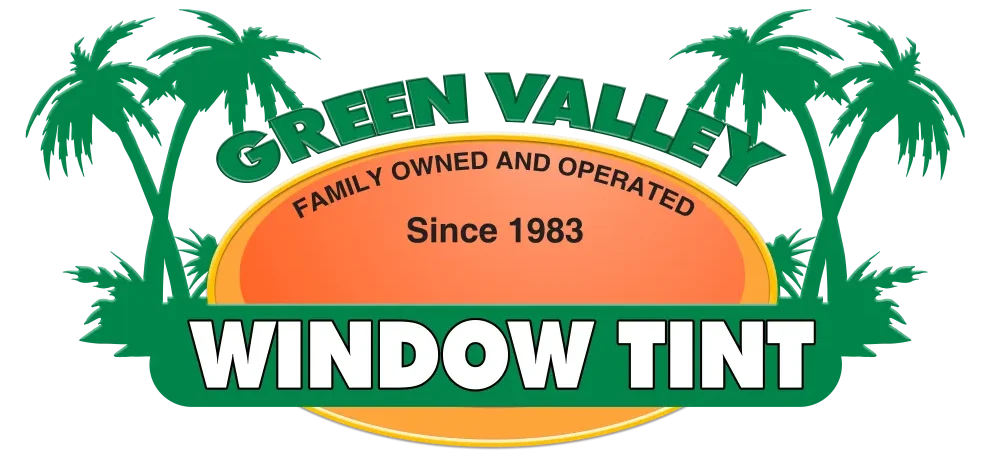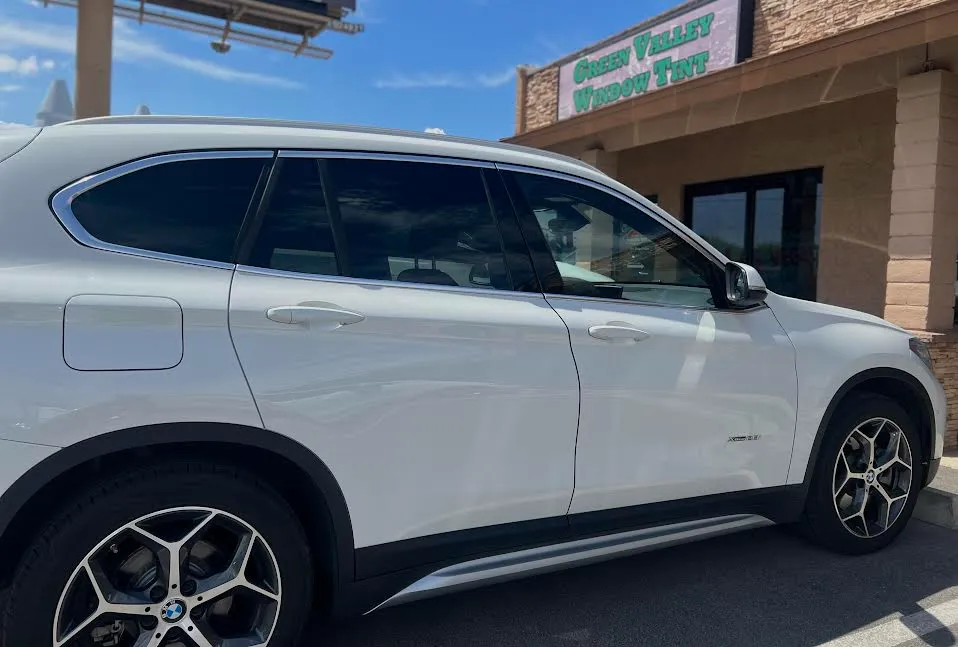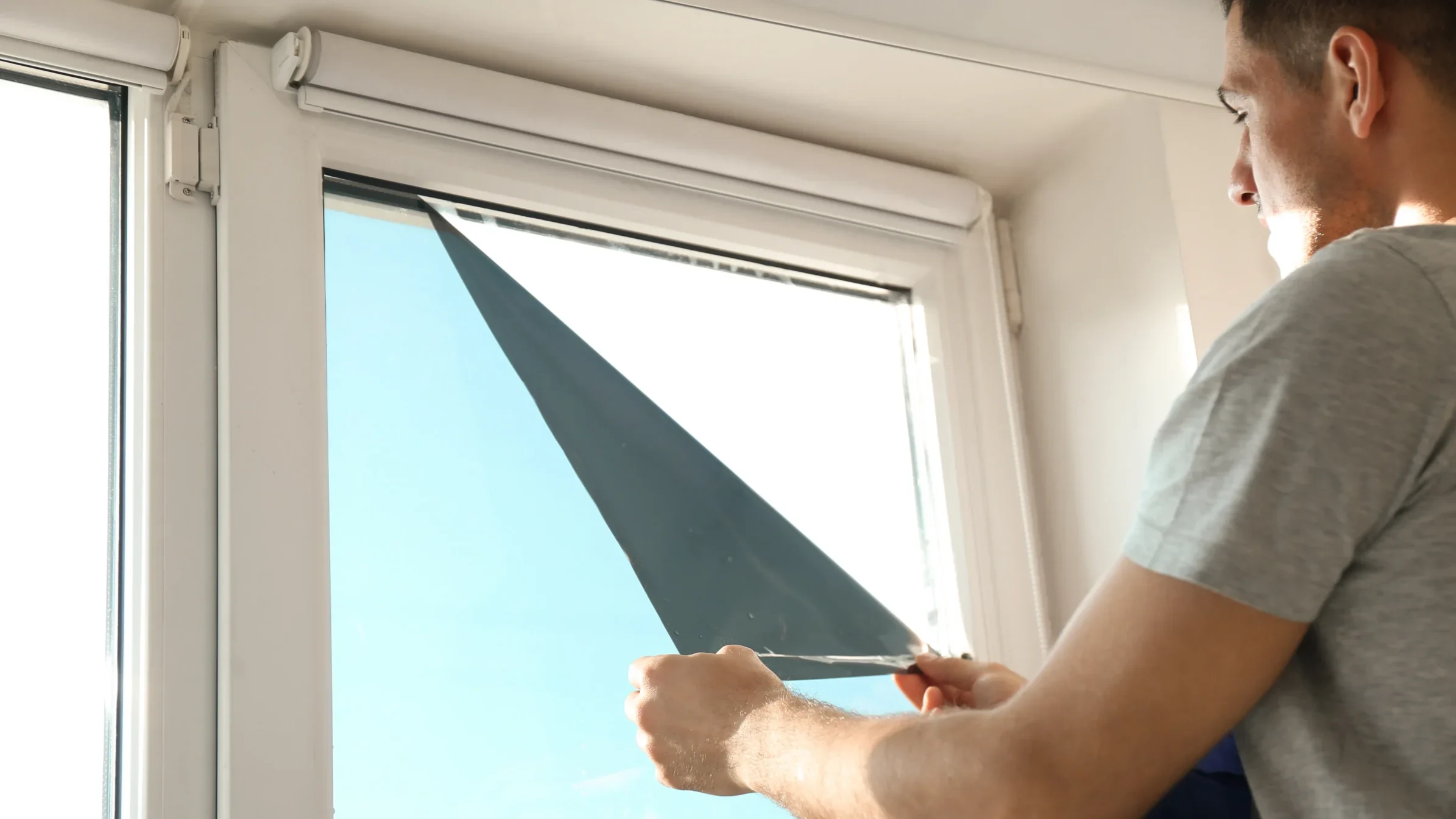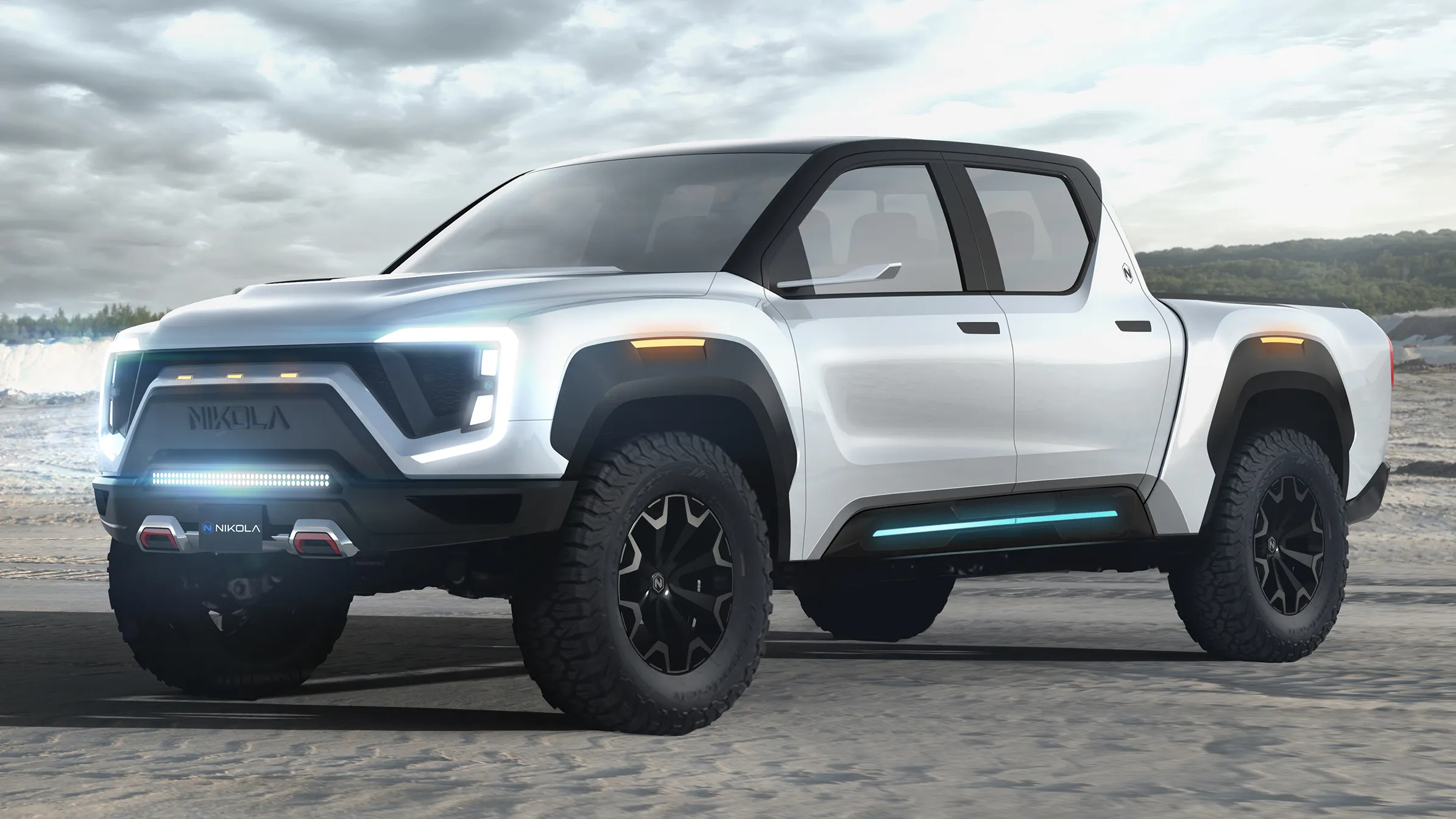When you think about SUVs and trucks, what’s one common feature that comes to mind? Many would point out the distinctive tinted glass that adorns the rear half of these vehicles. But have you ever wondered why this glass is tinted differently from the front side windows? Let’s go into the world of factory tint in SUVs and trucks, unraveling the misconceptions and shedding light on the science behind it.
The Tint vs. Dye Debate: Clearing up the Confusion.
First and foremost, let’s clarify a common misconception. The term “tint” is often used interchangeably with “dye”, but there is a distinction. The glass used in the factory-installed rear windows of SUVs and trucks is indeed treated with a dye, not a tint. Tinting involves adding a layer of film to the glass, while dyeing involves adding color directly to the glass during the manufacturing process. This dye is responsible for the characteristic darker appearance of the rear glass.
Factory Glass Before Tint Is Installed

The Privacy Factor: The Primary Purpose of Rear Glass Dye
So, why dye the rear glass? Contrary to what some might assume, it’s not primarily about heat rejection. Instead, the darker dye serves as a privacy feature. The rear of SUVs and trucks is often used for cargo storage or as a passenger area, and the tinted glass provides occupants with sense of seclusion and privacy. It prevents prying eyes from easily observing the contents of the rear compartment, it enhances security for both passengers and belongings.
Heat Rejection: Filling the Gap with Additional Tinting
While the rear glass dye serves a privacy purpose, it lacks heat rejection properties. This is where additional tinting comes into play. If you’re looking to reduce the influx of UV rays and heat into the vehicle, applying a heat rejection tint over the factory-dyed glass is a smart move. These specialized tints are designed to block out harmful UV rays and keep the interior cooler, making for more comfortable driving experience.
Distinguishing Between Tint and Dye: A Visual Guide
One of the most apparent differences between tint and dye is the way they interact with the window. While factory-installed dye is integrated into the glass, aftermarket tinting is applied as a film. Here’s how you can identify the differences between the two:
- Seamless Integration vs. Film Application
- Look closely at the glass. If you observe a uniform and seamless appearance without any visible lines or edges, it’s likely that the glass has been dyed during the manufacturing process. Aftermarket tinting, on the other hand, have edges or seams where the film ends.
- Top Gap Indicator:
- An easy way to identify aftermarket tint is by checking the top edge of the window. Tinted films often leave a small gap between the top of the window and the edge of the film. If you notice this gap, you’re likely looking at a tinted film rather than factory-installed dye.
- The Gap Between The Edge Of Window and Tint
 Scratch Resistance:
Scratch Resistance:- Factory-installed dye is more durable and scratch-resistant than tinted films. If you notice scratches or signs of wear near the edges of the window, it’s likely tinted.
The Dual Purpose of Additional Tinting: Privacy and Heat Rejection
While factory-installed dye serves the purpose of enhancing privacy, it lacks heat rejection properties. For those looking to improve interior comfort and protect against UV rays and heat, applying an additional heat rejection tint is a practical solution. These specialized tints not only offer privacy but also contribute to a collar and more comfortable driving experience.
Navigating the World of Glass Modifications
Understanding the differences between tint and dye in SUVs and trucks provides valuable insights into the thought and consideration behind vehicle design. By recognizing the visual cues and purposes of both modifications, drivers can make informed decisions about their vehicle’s appearance, privacy, and comfort. So, the next time you’re admiring the unique appearance of your vehicle’s rear glass, you’ll have the knowledge to appreciate the intricate blend of aesthetics, functionality, and science that shapes Las Vegas and the automotive world.







